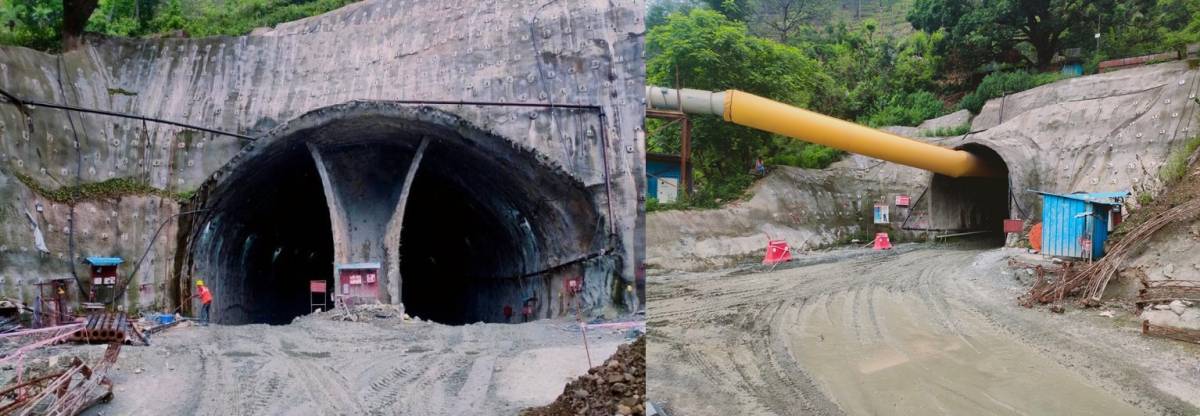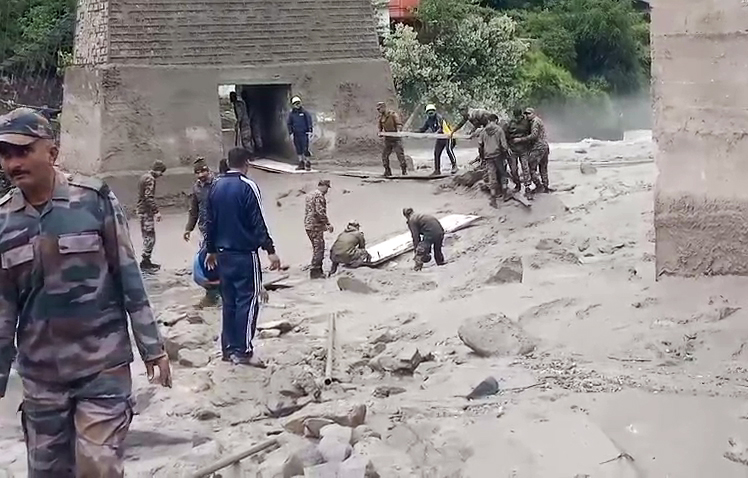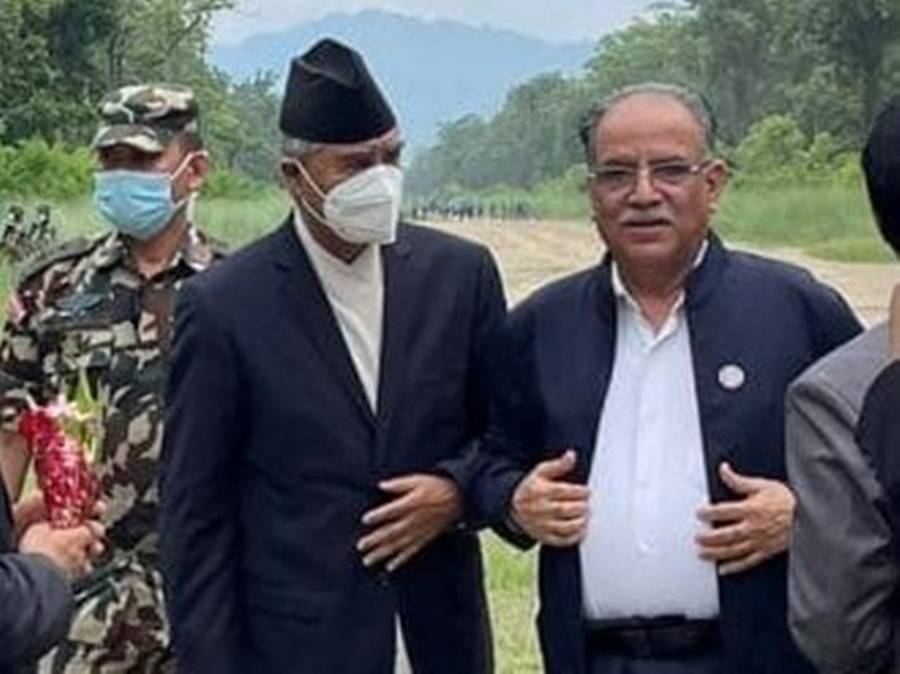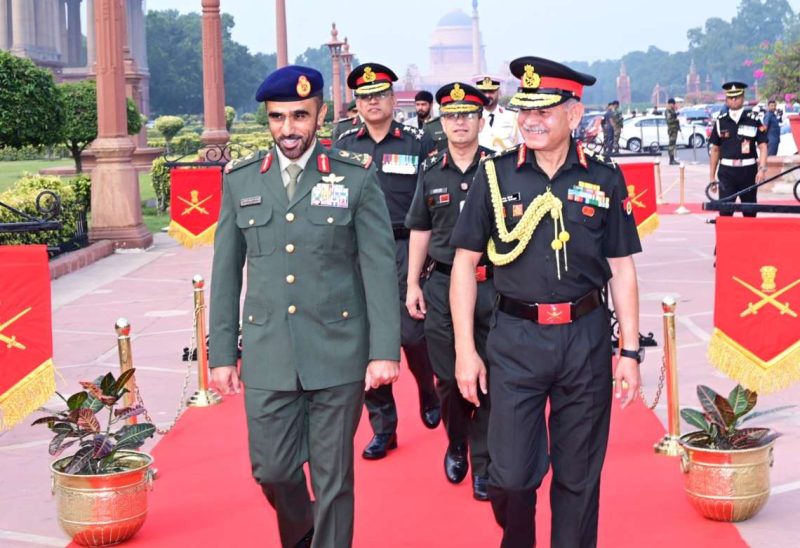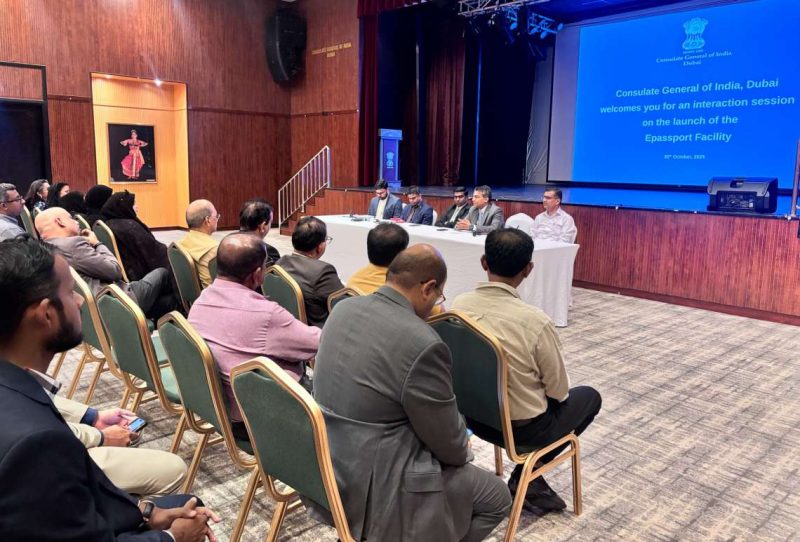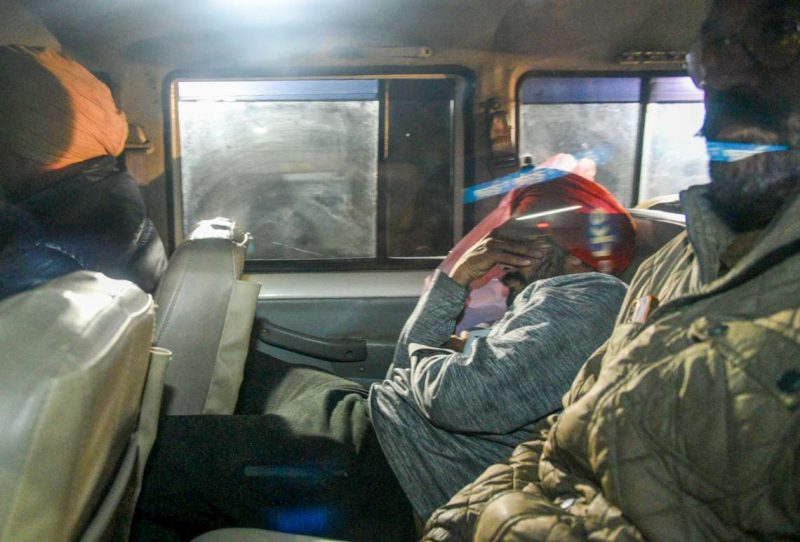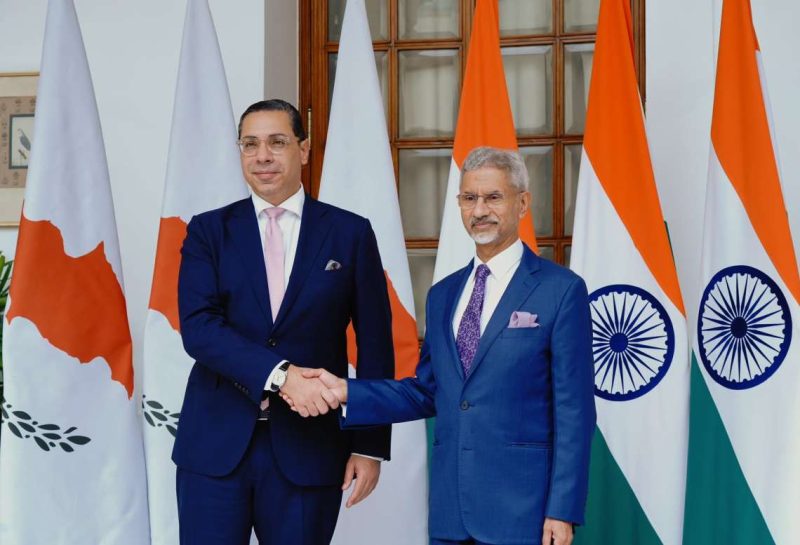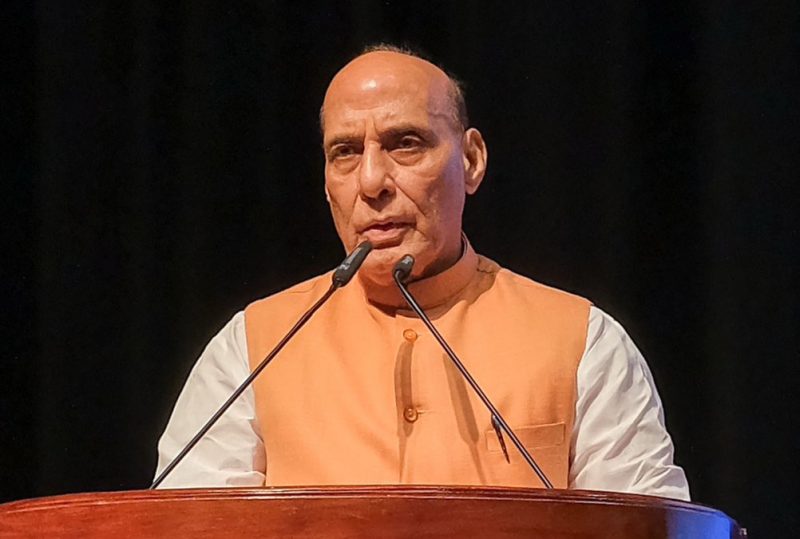The villagers of Panai Pokhari have been bearing the brunt of the excavation activities for the tunnel since construction began in December 2020…reports Satyam Kumar
“Wherever tunnels are built in the hilly areas of Uttarakhand, water sources dry up. This is a plain fact, irrespective of whether these constructions are for hydroelectric projects or for rail connectivity,” says Hemant Dhyani, who has been a member of the Supreme Court-appointed high-powered committee to assess the environmental impact of the Char Dham highway project.
Nobody can attest to this claim better than the people of Panai Pokhari, a hilltop village located in Karnaprayag block of Chamoli district. The 50 families that reside here mostly depend on agriculture and daily-wage labour to make a living.
“Up until two months ago, we used to draw fresh water from a natural spring to meet our daily needs. Trees on the hills absorb water during the rainy season and release it slowly throughout the year. Our village had one such spring, but not anymore. The tunnel being dug at a depth of around 70 metre underneath our village for the Char Dham rail line has left us high and dry since April,” laments Vinod Gusain, the village head.
“We don’t know when the train will pass through here, or how important it will be for us, but we clearly know that our only source of water has been irreparably lost due to this project.”
The villagers of Panai Pokhari have been bearing the brunt of the excavation activities for the tunnel since construction began in December 2020. Many houses developed cracks due to the explosives used in the process.
“The panchayat immediately brought the matter to the notice of the district administration, tunnel contractor Dilip Buildcon Limited and the Rail Vikas Nigam Limited (RVNL). The villagers also petitioned the Karnaprayag Sub-Divisional Magistrate (SDM), who is in charge of all the work related to the rail route,” Gusain says.
However, the residents have not received any positive response so far. They say Dinesh Chamola, the RVNL Deputy General Manager appointed by the administration to deal with railway development-related complaints, has often asserted that the project has nothing to do with Panai Pokhari and its lands.
A pipe dream
Panai Pokhari has had a pipeline in place for the past 20 years, but the water that comes through it belongs to an open source — a small river formed by streams emerging in the hills.
“Sometimes, heavy downpour or landslides lead to pipeline breakage, which takes a long time to be rectified,” says Girdhar Singh, a resident.
The water gets dirty during the monsoon and is not the best quality even the rest of the year. Hence, the villagers use it primarily to wash clothes. But now, with the contamination of their sole source of drinking water, they have no option but to boil and drink it.
“That was not the case earlier. Irrespective of the season, we used to get sufficient quantities of clean water from the now-dry source. Be it a wedding or a religious event, the natural spring was worshipped first. It was of such significance to us,” Singh adds.
Janaki Devi, an elderly woman, adds: “I have had this water ever since I got married here. Even after the pipeline installation, we used to drink this only. There is no desire to use pipe water even now, but what can we do?”
Jailal Singh, another resident of the village, says, “The vegetables and crops such as red paddy and maize that we usually plant around our homes have never been affected by water shortage, as the presence of the stream ensured moisture content in the soil. However, in the new scenario, we are solely dependent on rainwater to save our crops. Unfortunately, it has rained less this time.”
As Giridhar Singh claims, “It would be absolutely wrong to state that there won’t be water shortage in the village.”
The rail scheme
In 2014, Prime Minister Narendra Modi had announced the Char Dham Railway Project connecting the famous Himalayan shrines of Badrinath, Kedarnath, Yamunotri and Gangotri. Since then, the RVNL and Uttarakhand government have been working in unison to complete the project.
According to the RVNL’s official YouTube channel, the 327-km line is expected to cost around Rs 75,000 crore. At least 16 bridges and 17 tunnels are part of the Rishikesh-Karnaprayag line. The tunnel to be built in Devprayag will be the longest in the country, at about 15 km in length. The Karnaprayag-Joshimath extension line will touch the Badrinath Dham, with12 bridges and 11 tunnels proposed in this path. The Karnaprayag-Sonprayag line connecting the Kedarnath Dham will have 20 bridges and 19 tunnels.
Similarly, a proposed line from Doiwala in Dehradun to Uttarkashi will connect Gangotri and Yamunotri. The construction of tunnels and stations in the Rishikesh-Karnaprayag line has started, and the final survey for the remaining phases has been completed.
However, environmentalists in the region are least impressed by the developmental works. Dhyani, also the Convenor of the ‘Ganga Ahwan movement’, cites the case of a hydropower project work in Joshimath to prove his point.
“Water just gushed out of the hill when a tunnel was being dug for this project in 2009-10. That was the elixir the hill kept locked inside during the rains and slowly let out as a source of water during the dry months.”
With the tunnel work disturbing this delicate balance of the ecosystem, water sources present on the hill that housed Joshimath city were affected. The result is clearly visible today, with many houses on the verge of collapse in the region.
“Such activities in the name of development not only kill the water sources used by humans but also affect wild animals, which then stray into human habitats in search of water. Such projects also seriously hamper the capacity of the hills to absorb and retain water. As a result, the water level in rivers no longer remains steady throughout the year. All these factors reduce the moisture content in surface soil, which further increases the risk of forest fires,” Dhyani explains.
In this context, S.P. Sati, Associate Professor of Environmental Sciences, College of Forestry in Ranichauri, says, “Even if eco-friendly technology is used for tunnelling, the drainage system of the hills is affected, and water sources go dry.”
So is there any technique to restore these resources? Sati says it is near impossible.
“Yes, water does fill them up during the rains, but it does not stay for long.”
Knowing this fact well, Gusain has been demanding that alternative arrangements for clean drinking water be made for Panai Pokhari. However, no one from the administration has reached out to them so far. The demand for compensation for the houses that developed cracks has not been heard either.
“If our demands are not met, we will be forced to stage protests before the district administration,” he says.
Asked about the discontent brewing in Panai Pokhari, SDM Santosh Kumar Pandey says he has no information about any water resource drying up in the region, though such an issue has been reported in the neighbouring Siwai village.
“We resolved the issue by holding a meeting there. Similarly, appropriate steps will be taken if we are informed about Panai Pokhari,” he clarifies.
Incidentally, a meeting with the residents of Siwai was held only after they protested before the administration.
ALSO READ-Gujarat, MP faces flood-like situation


